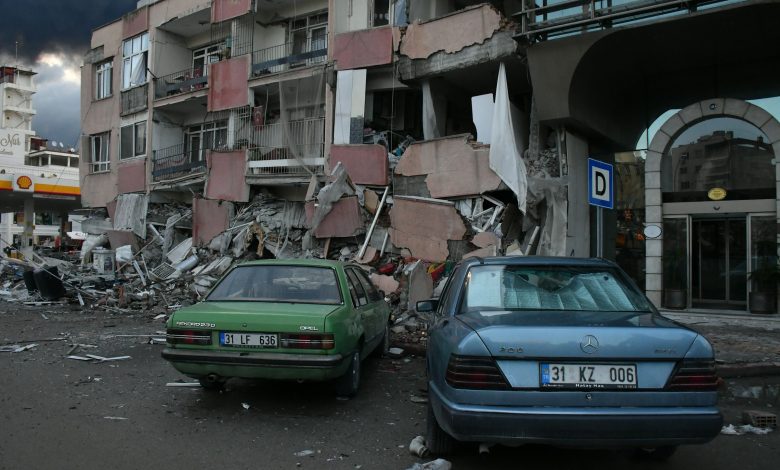Can Climate Change Cause More Earthquakes?

Dozens of major earthquakes occur each year killing thousands at times. Destructive earthquakes in 2004 and 2010 killed over 227,000 and 226,000 people respectively. Natural disasters are the result of a sudden slip along faults or fractures in the Earth’s crust. It is the point when movements of tectonic plates stress faults so much that they are driven past their breaking point. Recently, scientists have begun to wonder whether human induced climate change might affect earthquakes.
According to geologist Christophe Larroque, the Earth has been so altered by human activities that it is now termed the Anthropocene. This disturbance has led scientists to consider its impact on seismic activity. According to another researcher, Marco Bohnhoff, it is a relatively new field of research, but interest is increasing. According to research published last year, human activities and climate change could accelerate the occurrence of earthquakes by modifying stresses on faults that are already near their rupture point.
The weather-earthquake connection is now becoming clearer. For example, in 2020, Storm Alex hit southeastern France, bringing 600 millimeters of rain in under 24 hours. Three months later over the period following the major event, 188 minor earthquakes were detected in the Tinée valley.
These minor earthquakes were as many as the region had experienced within the previous five years altogether. The same phenomenon was reported in other parts of the world. In Switzerland, 47 earthquakes have been reported in just 12 hours due to heavy rainfall in 2005. Nepal experiences fewer earthquakes in summer than in winter; therefore, monsoons are a factor in influencing seismicity. Earthquake frequency in California is affected by changes in water levels due to rainfall and snowmelt. Variations in water levels within the Sea of Marmara have been linked to seismicity in Turkey.
Weather has an influence on seismicity through its effect on stress levels on faults. For example, Storm Alex caused excess fluid pressure to spread out deep underground. This destabilized stressed faults and brought about small earthquakes. Typhoon Morakot in Taiwan caused over 10,000 landslides during 2009. This mass movement increased stress at the faults, which kept on increasing surface earthquakes over two years. In California, seasonal water accumulation varies with fault stress and influences the earthquake activity.
Climate change accelerates these processes. Melting ice caps, rising sea levels and extreme weather events due to global warming all alter the stress on faults. The deglaciation period’s history created seismic activity because there was a rapid increase in sea level. Currently, the sea levels have already risen by 0.2 meters since 1901 and could rise another meter by 2100. Such an increase may apply extra stress to faults and might make earthquakes more frequent or more powerful.
Reducing greenhouse gas emissions is the most important action to reduce the impacts mentioned above. According to Marco Bohnhoff’s warning, the sea level will increase and cause stronger earthquakes to the people living along the coast. Taking action now will limit these risks.



